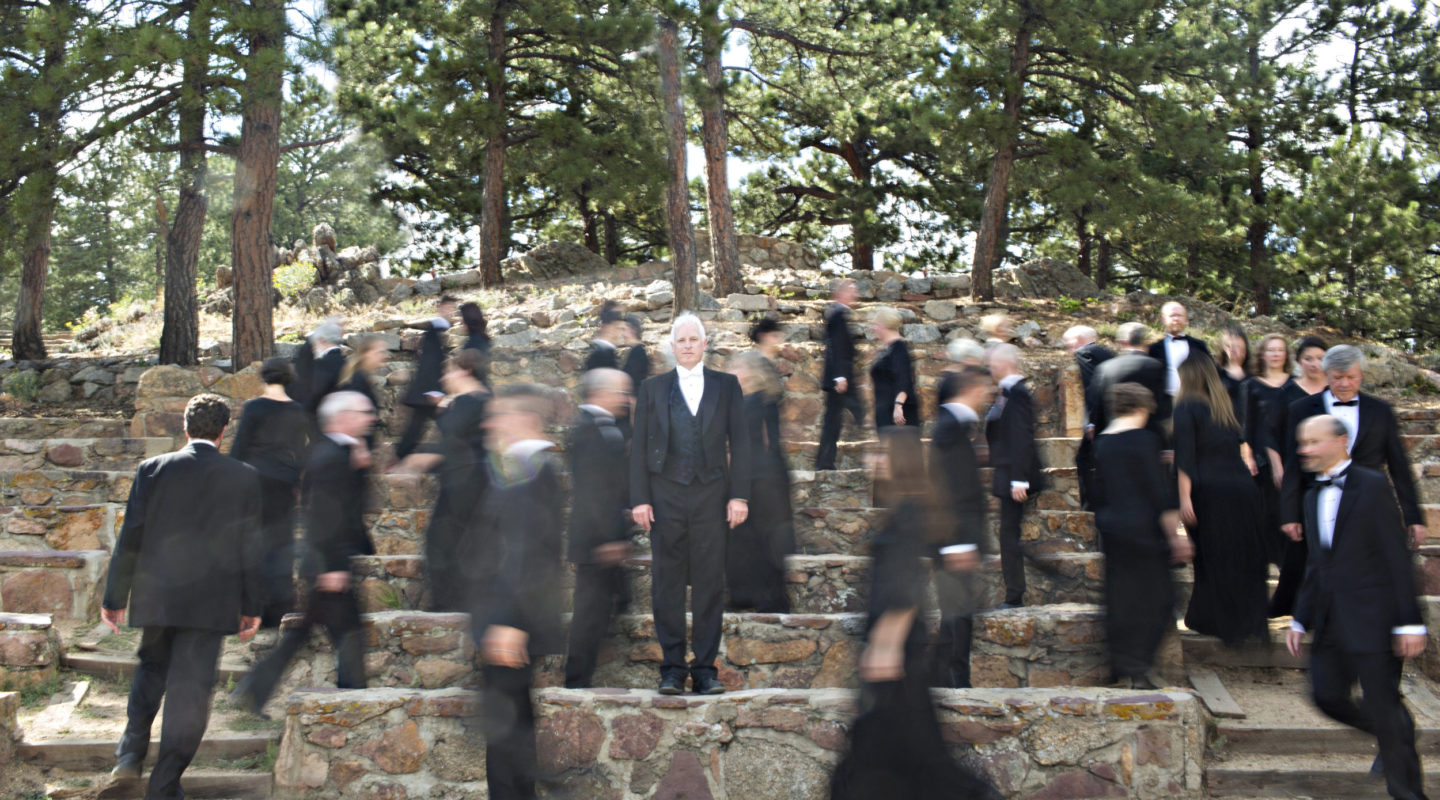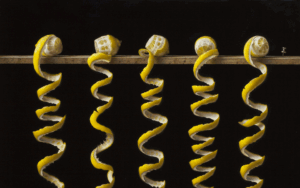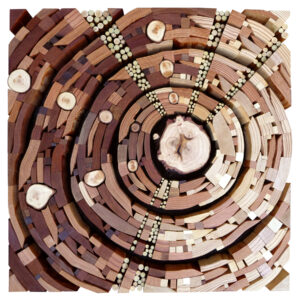Daily Camera: In a recent press release on the upcoming shows, I read that you describe the piece as “shimmering blocks of sound” in a “vast harmonic tapestry.” Sounds pretty epic. What can audiences expect from this latest offering?
Tom Morgan: This is just a really rare piece of music. There’s almost nothing that sounds like it between the year 1500 and about the 1960s. The music is dense and richly textured, and moves and turns together, almost like a murmuration of birds — the large swirling clouds sometimes seen and photographed. In our program, for the listener, we balance this large, dense sound with some beautiful works for solo viola da gamba, performed by Ann Marie Morgan, who is a worldwide-recognized expert on the instrument. This draws the listener into a very intimate musical space, and the contrast between the two kinds of aural experiences makes both more meaningful.
DC: Do you recall a time when you knew that the art of a cappella would be a significant part of your life? It’s a pretty cool way to make a living.
TM: It was pretty clear to me in college that choral music would play a large part in my life. I was able to spend three years working with Dale Warland, one of the most successful and celebrated choral conductors of the latter part of the 20th century, and his influence continues to guide my work. I came to Colorado in 1984 to do graduate work at the CU College of Music in composition. Composing is still close to my heart, but there are some aspects of it that I could sense I wasn’t quite committed to. One, it’s largely a very solitary activity, contrasting with choral conducting, which is a very people-connected enterprise and two, composing requires a lot of self-promotion to be successful these days, and I don’t prefer to spend my time that way. I now conduct 4 choirs across my two jobs, so there is a lot of people-organization, and a lot of music planning. And filing. Though it’s taken 30 years of perseverance, but I make a pretty good living at it now.
DC: With the rise in popularity of groups like Pentatonix and Face Vocal Band, do you see the genre evolving and reaching new audiences?
TM: Yes, these groups certainly have helped to open up younger audiences to the possibilities of choral music, and what people can do working together with just their voices. It can be a great introduction, and once in the door, people discover how vast the repertoire for voices is, across centuries and cultures. And now we have access to amazing composers from across the world who are stretching the possibilities and creating powerful original work. We’re really in a golden age for vocal art.
DC: What are some of your favorite artists that you listen to at home? What are some singers who you feel are truly timeless?
TM: The British octet VOCES8 is one of my favorite groups. We’re hoping to bring them to Colorado on one of their upcoming tours within the next couple of years. My favorite U.S. vocal ensembles are the Philadelphia choir The Crossing and amazing vocal ensemble Roomful of Teeth. Both of these groups are really doing high-quality work, and stretching the boundaries of the art.
DC: After these shows showcasing songs of the Renaissance, are there any other productions that should be on our radar?
TM: Our April project is a program called “Music Beyond Words: Peace in Our Time.” We’ll be presenting three concerts in the Denver metro area, and three in a short regional Southwest tour (Pueblo, Colorado and Albuquerque and Santa Fe).
DC: Lastly, are there any works from modern singers/bands you would like to potentially bring to the stage? If so, who?
TM: Last season we presented an extraordinary work by a contemporary composer Kile Smith, based on the Apollo 8 mission to the moon — the first flight to see the extraordinary experience of Earthrise. In reviewing Kile’s other work, there’s a piece we’d like to bring in the next couple of years — his “Vespers,” a one-hour work for chorus with Renaissance wind band, but using modern musical language. This is but one of many ideas we’re developing.



